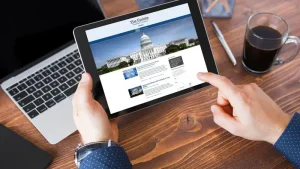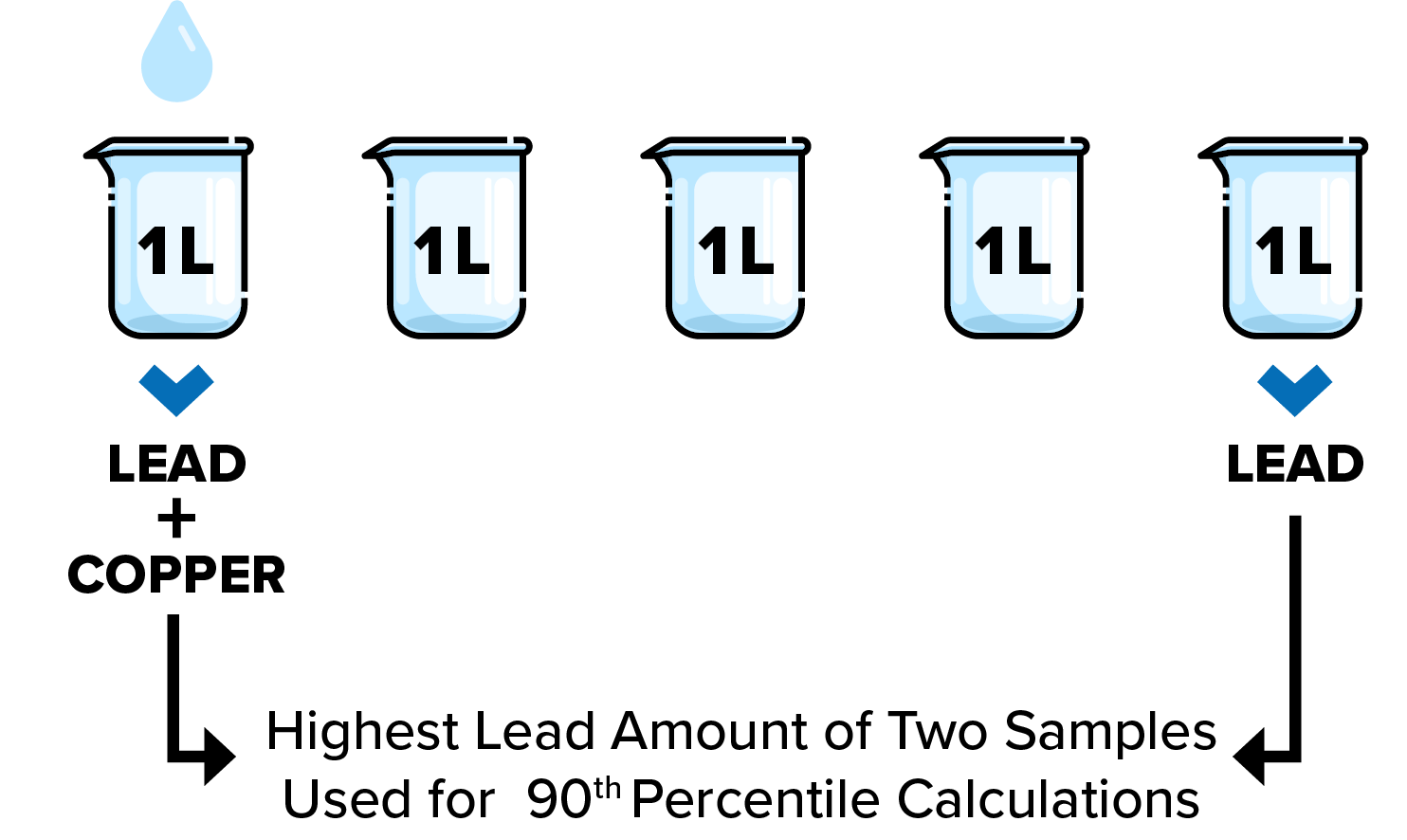How Can You Get Started on the Path to Compliance?
Step 1: Get On The Funding List
Estimate your potential cost to create the inventory including:
Personnel Time
Equipment Costs
Consulting Fees
Communication Costs
AE2S is Advanced Engineering and Environmental Services
EPA promulgated the LCRR on January 15, 2021. The compliance date was extended to October 16, 2021 due to administrative review. After the review, no changes were made to the rule, but EPA hinted at a future rule to simplify and clarify the requirements of the LCRR.
On December 6, 2023 EPA proposed the LCRI. The LCRI will supersede most of the requirements of the LCRR once it is promulgated. There are however some items which will still need to be completed under the LCRR. These items include:
Perspectives and Insights > Lead and Copper Rule Revisions
Personnel Time
Equipment Costs
Consulting Fees
Communication Costs
Paper Form
GIS Field App
Pictures

The Update is a monthly newsletter exclusively focused on U.S. water news, encompassing regulatory compliance and political developments.

Perspectives and Insights > Lead and Copper Rule Improvements
The US Environmental Protection Agency (EPA) proposed the Lead and Copper Rule Improvements (LCRI) on December 6, 2023. Comments on the proposed rule were due on February 5, 2024. The LCRI is being proposed to build on the recently promulgated Lead and Copper Rule Revisions (LCRR).
EPA hopes to promulgate the LCRI by the October 16, 2024 compliance date for the LCRR. This will assure a seamless transition from the LCRR to the LCRI. The LCRI will not change the compliance date for the service line inventory of October 16, 2024.

Presented by
Nate Weisenburger, PE, P Eng, ENV-SP


Direct Transition from the LCRR to the LCRI


The Update is a monthly newsletter exclusively focused on U.S. water news, encompassing regulatory compliance and political developments.

Nate Weisenburger, PE, P Eng, ENV-SP
(406) 268-0626